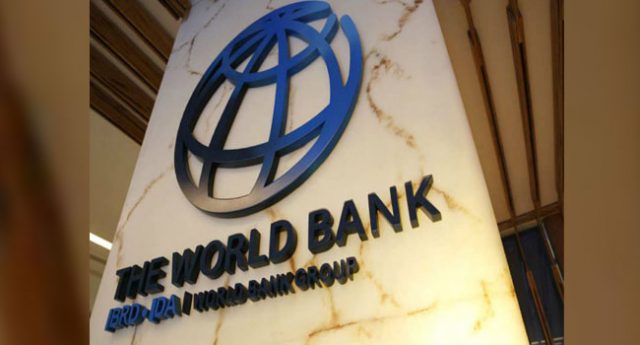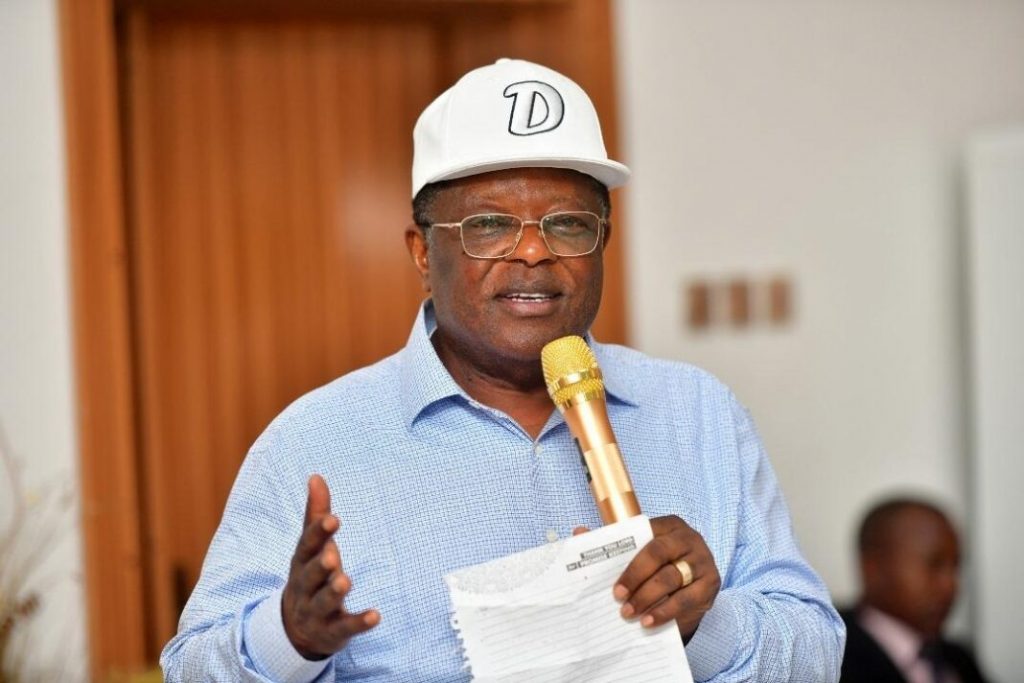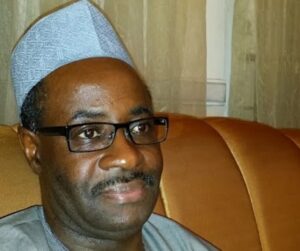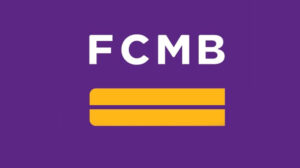W’Bank plans $250m health loan for Nigeria next month
The World Bank is considering the approval of a $250 million loan to Nigeria under the third phase of its Health Security Programme for Western and Central Africa. The loan, expected to be approved on September 23, 2025, is aimed at strengthening Nigeria’s ability to prevent, detect, and respond to health emergencies through improved systems and deeper regional collaboration.
According to the World Bank’s appraisal document, the proposed funding will be disbursed as an International Development Association (IDA) credit. The Nigeria Centre for Disease Control (NCDC) will manage the funds, while the Federal Ministry of Finance will serve as the borrower.
Project Goals and Urgency
The primary objective, as outlined by the World Bank, is to “increase regional collaboration and health system capacities to prevent, detect and respond to health emergencies in the Federal Republic of Nigeria.”
This initiative comes at a critical time, as Nigeria—Africa’s most populous country with over 223 million people—continues to grapple with severe public health and economic challenges. According to the World Bank, Nigeria faces some of the worst health outcomes globally, including:
-
Life expectancy of just 54 years
-
Maternal mortality exceeding 1,000 per 100,000 live births
-
Under-five mortality at 114 per 1,000, amounting to over 800,000 child deaths and 80,000 maternal deaths annually
Additionally, the country confronts rising antimicrobial resistance, which was directly responsible for 64,500 deaths and associated with over 263,000 others in 2019.
Infectious Diseases, Poverty, and Systemic Weaknesses
Six of Nigeria’s ten leading causes of death are infectious diseases, including malaria, HIV/AIDS, tuberculosis, and diarrhoeal illnesses. These health threats are exacerbated by widespread poverty, poor infrastructure, chronic underfunding, and inadequate human capital development.
In 2024, approximately 120 million Nigerians—or 54% of the population—were living below the poverty line. Yet, Nigeria’s government spending on health remains critically low:
-
Only 0.62% of GDP
-
Just 4.1% of total government expenditure
-
Around $14 per capita, with less than $3 allocated to primary healthcare
As a result, out-of-pocket health spending soared to 76.24% in 2021, one of the highest globally, severely limiting access to healthcare for millions.
Compounding these structural issues is the escalating threat of climate-related disasters, which are projected to cause $399 billion in health-related economic losses by 2050.
Planned Investments and Areas of Focus
If approved, the $250 million facility will be used to:
-
Enhance disease surveillance
-
Upgrade laboratory capacity
-
Strengthen emergency preparedness
-
Ensure continuity of essential health services during outbreaks
The programme also includes:
-
Construction of emergency operations centres in all 36 states and the Federal Capital Territory
-
Establishment of a national warehouse for emergency medical supplies
-
Support for pharmaceutical regulation and local production of essential medicines, in collaboration with the NAFDAC and the National Institute for Pharmaceutical Research and Development
Gaps in Health Security and Gender Inclusion
Despite some improvements, Nigeria’s public health system remains fragile. The country’s score in the 2023 Joint External Evaluation of the International Health Regulations (IHR) rose from 39% in 2017 to 54%, but many challenges persist:
-
Inadequate legal frameworks
-
Weak detection and response capacity, particularly in rural areas
-
Fragmented surveillance systems
-
Poor coordination of veterinary and environmental health services
The project aims to integrate platforms such as:
-
Surveillance Outbreak Response Management and Analysis System (SORMAS) for human health
-
National Animal Disease Information System (NADIS) for animal health
To address gender disparities exposed during past outbreaks like Ebola and COVID-19, the program will also promote women’s participation in epidemiological training and leadership roles.
Implementation Strategy and Oversight
Implementation will be led by the NCDC through a National Project Coordination Unit, under the oversight of a National Steering Committee chaired by the Coordinating Minister for Health and co-chaired by the Ministers of Finance, Environment, and Livestock Development.
At the state level, State Commissioners for Health will oversee the project with support from local coordination teams. However, only states that meet certain eligibility criteria—such as formal expressions of interest, provision of counterpart funding, and adoption of national health security policies—will be allowed to participate.
The environmental and social risk rating for the project is currently classified as substantial.
Debt Implications and Rising Exposure
Meanwhile, data from Nigeria’s Debt Management Office (DMO) shows that Nigeria’s total debt to the World Bank stood at $18.23 billion as of March 31, 2025. This represents a $420 million increase since December 2024, when the figure was $17.81 billion.
Breakdown of current exposure:
-
IDA loans rose from $16.56 billion to $16.99 billion
-
IBRD loans remained steady at $1.24 billion
The World Bank Group now accounts for 39.7% of Nigeria’s external debt stock of $45.98 billion, up from 38.9% in December 2024 and 36.4% at the end of 2023. Its share of Nigeria’s multilateral debt also increased to 81.2%, up from 79.8% at the end of 2024.
This reflects the central role the World Bank continues to play in financing Nigeria’s development agenda, particularly in the health sector.














Post Comment